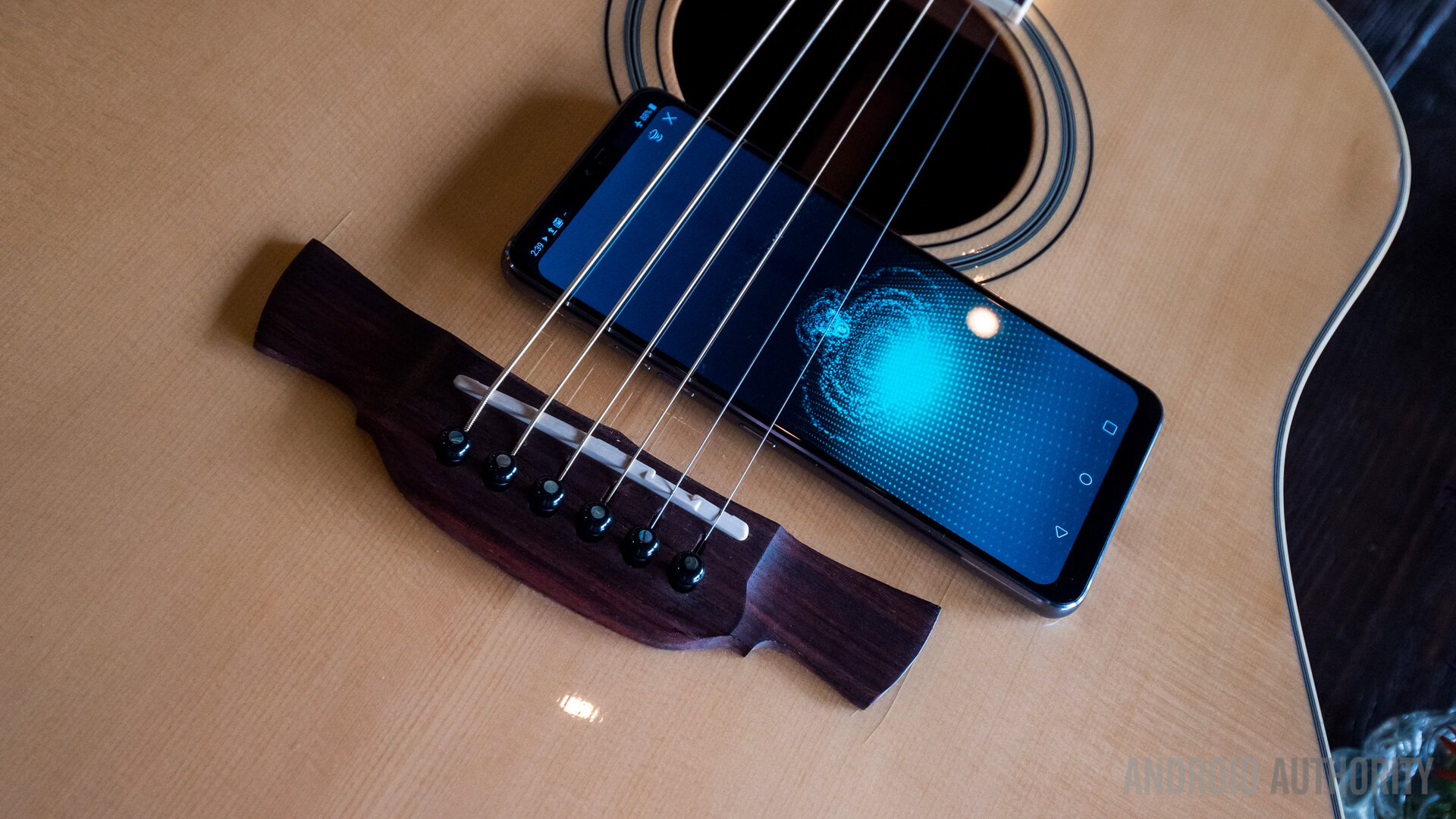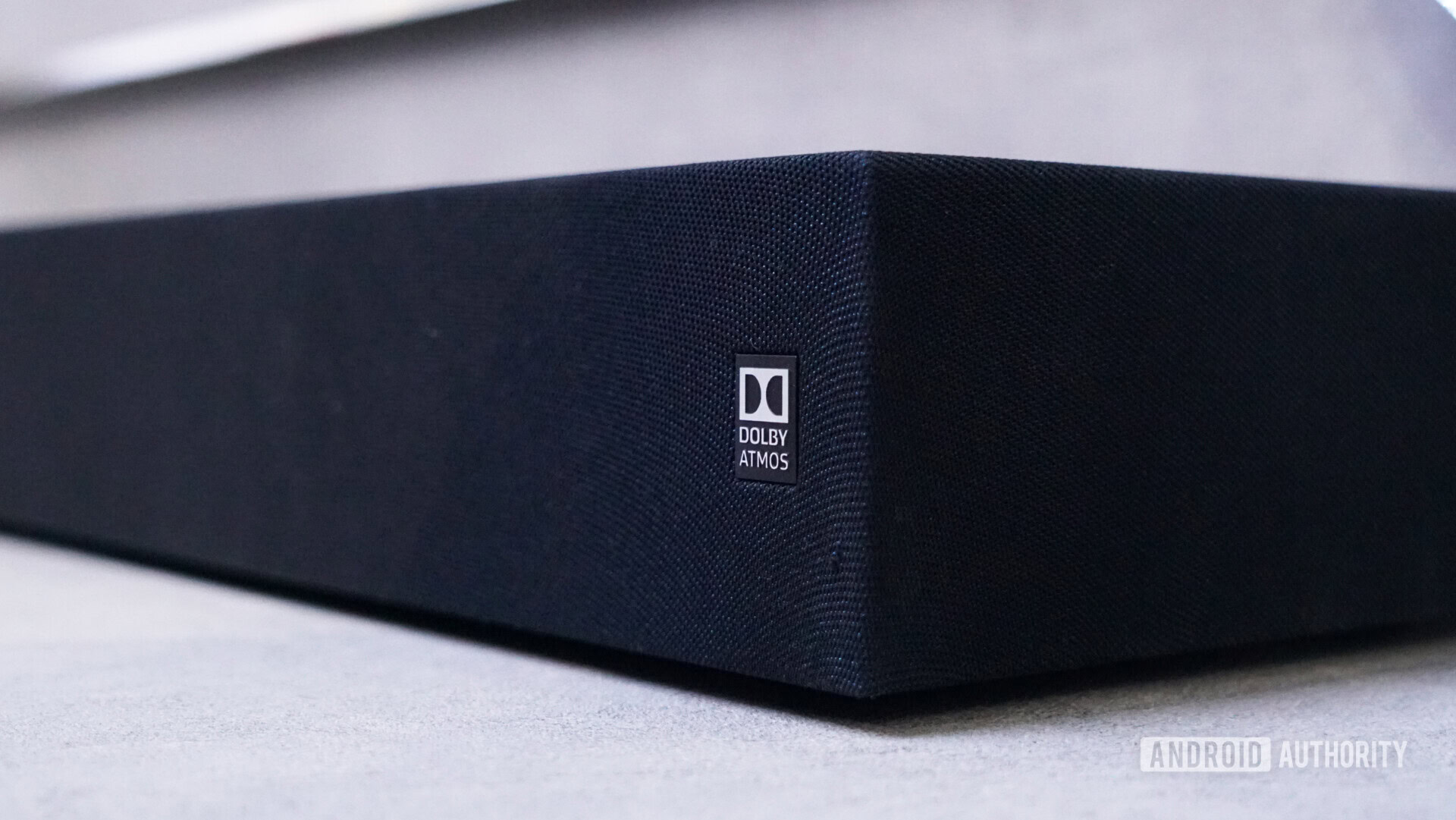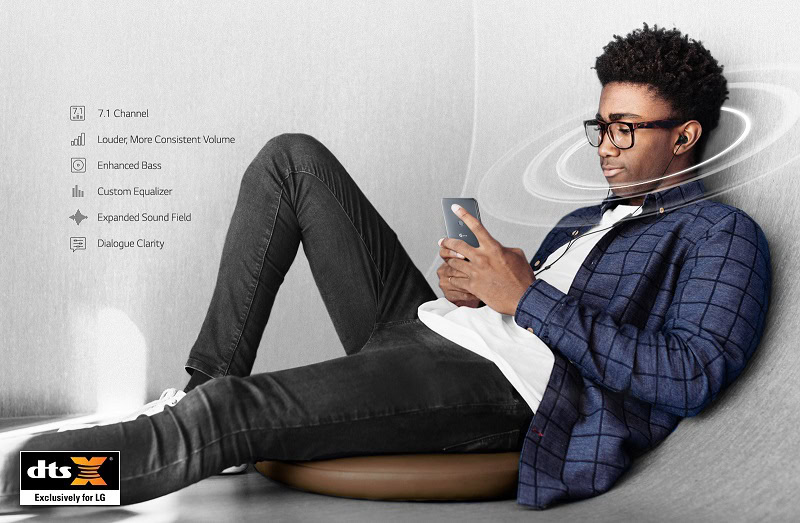Affiliate links on Android Authority may earn us a commission. Learn more.
What is DTS:X virtual surround sound in the LG G7 ThinQ?

The new LG G7 ThinQ boasts a number of impressive audio features. One that might be new to you is something called DTS:X technology. In a nutshell, DTS:X is a relatively new surround sound audio codec that’s designed to compete with the popular Dolby Atmos standard.
DTS:X offers up a number of features to improve your smartphone listening experience. First up, phones sporting the tech will be able to play video and audio files that support the format. DTS:X is an object-based audio standard, which means that sound sources are tagged with a location in a 3D space, rather than being pre-mixed into 5.1 or 7.1 channels. This includes new height or z-axis data.

These objects are then mixed down by the audio receiver on the device for the given speaker setup, or in this case, a smartphone, to give a surround sound output. However, in a phone we’re looking at virtual surround sound over stereo speakers or preferably headphones. DTS:X is also fully backward compatible with other DTS formats.

The standard also includes a selection of digital post-processing techniques designed to enhance the listening experience, even when not playing back surround sound content. Along with familiar bass boost, EQ, and speech enhancement settings, this software also aims to recreate a surround sound experience even from none DTS:X files. This essentially widens the soundstage of what you’re listening to, so not everyone will prefer this option.
On the consumer side, there aren’t a lot of differences between Dolby Atmos and DTS:X, other than the amount of supported content available. DTS:X supports an unlimited number of objects rather than 128 for Atmos and promises engineers just a single mix for both cinema and home, while Atmos requires two separate mixes. In terms of products, dozens of Blu-Ray movies already support the technology, but it’s currently absent from streaming services like Netflix and Amazon Prime Video.
Either way, it’s a pretty neat feature included with the new LG G7 ThinQ, and the phone is future-proofed for when the DTS:X format is more readily available.
Want to learn more about the LG G7 ThinQ? Check out our related coverage below: